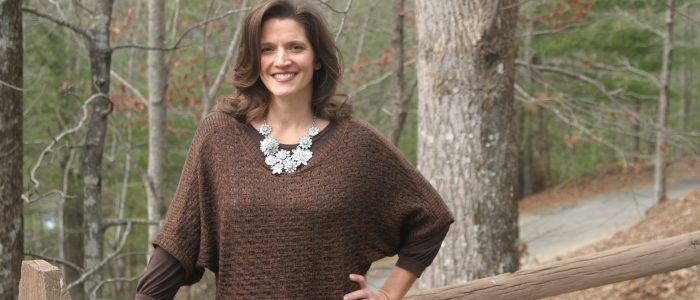Pie, along with ice cream, reportedly ranks as one of the favorite desserts in the United States. For most people they prefer apple, then cherry. Of course, there is a staple pumpkin pie for Thanksgiving as well.
Unfortunately, making good pies is an art that has plagued many beginners and some others to the point of despair. They have concluded that “pies are something I cannot make!” This doesn’t necessarily have to be true.
Most people fail because of the lack of knowledge and experience. As with all worth-while accomplishments in life, a few failures should not cause one to conclude that a good job is impossible. We can usually accomplish anything that we set our minds to. If you take a little extra time now in your teens to learn how to make a good pie crust, you will be able to make great pies for the rest of your lifetime.
Before you begin…..
- Two important items that are needed: the flour and the fat you use. Different brands of flour and fat can give quite different baking results. Choose an all purpose flour like Gold Medal.
- Using butter is the easiest option to obtain a flaky crust. Shortening can also be an excellent substitute for butter.
- Glass or dull metal pie pans give the best results with a pastry. You want the pie crust to turn out crispy and lightly browned. The dull metal pans absorb the heat and cause it to brown. This helps to avoid having soggy crusts.
- The correct proportion of flour, water, and fat are of prime importance. Too much fat will make a greasy dough that will tend to cling together before you add the water. It will be difficult to roll out and will probably fall apart when you try to put it in the pie plate. If too much water is added, the dough will become soggy and sticky. It will take up too much flour as you roll it out. This will cause it to become tough.
- The amount of water may vary slightly with brands of flour. Water should be ice cold for good mixing results. If too much flour is added, the crust will be tough.
- The dough must also be mixed correctly. The flakiness in pastry is obtained by the proper amount of mixing. The tiny particles of fat throughout the dough cause it to flake apart. Over mixing the dough when combining flour and fat causes the fat areas to dissolve and makes for less flakiness. Mix only until the texture resembles coarse crumbs about the size of peas. The tenderness of the crust depends a lot on how much the dough is worked when mixing in the liquid and rolling out the crust. Working the dough excessively develops the gluten structure in the flour and toughens the dough. This is why you should not add flour after mixing in the liquid.
- For best results the ingredients for making pastry should be cold . This is opposite for most baking ,where ingredients should be room temperature.
Tips and techniques
- If you have problems with the crusts browning too much on the edge before the center of the pie is done, cut a 1 1/2 inch wide circle of foil, and lay on top of edge while baking. Remove the foil about 10 minutes before the pie is done so the edge will be slightly browned.
- To measure sizes for top and bottom crusts while rolling out dough, hold inverted pie plate over rolled dough.
- Crumb crusts do not need to be baked before being filled. If using unbaked, they should be chilled first to set the melted margarine. Otherwise the filling will immediately begin to soak into the crust. They will be crisper if baked a short time. Cool the filling before pouring into crust.
- Use glass pie plates for custard pies or fruit pies when the crust and filling are baked together.
- Place the pan on the lower rack in the oven nearer the heating element.
- When making a crumb crust, save some of the crumbs to sprinkle on top of the pie for garnish.
- If you like a shiny top crusts on pies, brush lightly with slightly beaten egg whites. Be careful not to let excessive egg whites settle on low parts of the pie. For a special touch sprinkle the top with granulated sugar or cinnamon.
- Use a pizza cutter for quick cutting of strips of a lattice pie top.
- Do not place pies against the edge of the oven when baking as the edges will tend to burn. Leave a little space around each pie for even baking and browning.
- Place the pie on a metal baking sheet during baking.








